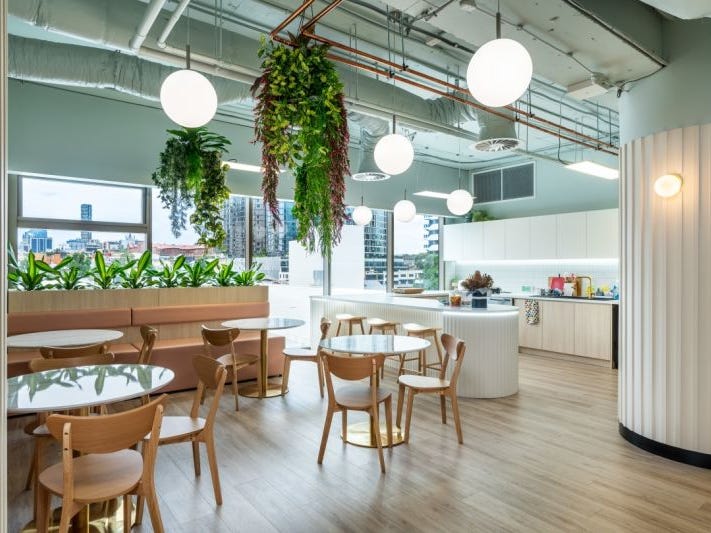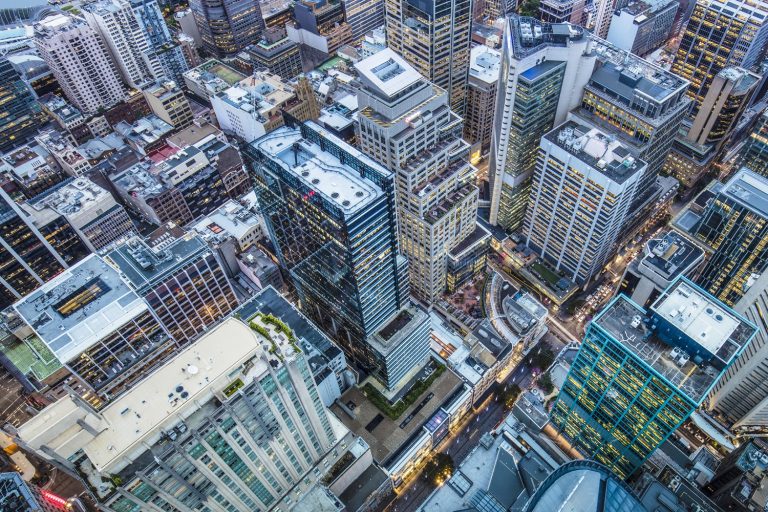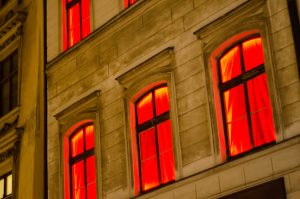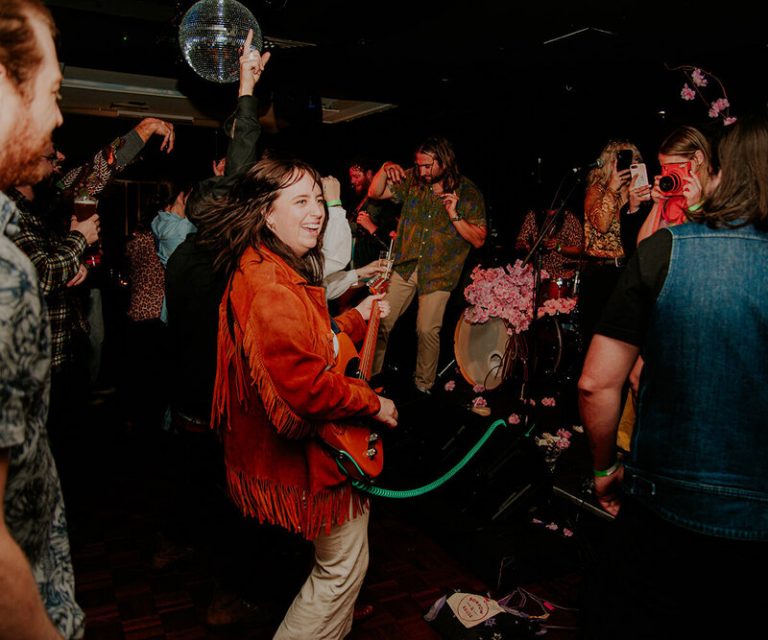Demand for suburban office space growing as workers look to stay closer to home

Suburban office markets are growing in popularity and a growing share of businesses are looking to occupy spaces outside of central business districts (CBDs).
While Australia’s CBDs remain the most popular locations for businesses looking to lease offices, over the past few years they’ve seen their dominance wane.
Back in March 2020, CBDs accounted for 16% of the total share of office lease searches on realcommercial.com.au. Just one year later they sat at 12%.
The share has since trended further downwards, reaching a new low of 10% in the September quarter.
Instead, more tenants are looking in fringe and suburban locations, with fringe markets in particular accounting for a growing bulk of the share.
In Greater Melbourne, the suburbs that have seen the strongest growth in their share of demand include Collingwood, Richmond, and South Melbourne, while in Greater Sydney, Surry Hills, Rhodes, and Parramatta have seen the biggest lift in office lease enquiries.
Other suburban markets that have seen rising demand include Brisbane’s Fortitude Valley, Fremantle in Perth, and Norwood in Adelaide.
Of all CBD’s, Sydney has seen the largest drop in its share of leasing enquiries. The fact that office rents are so high in Sydney could be part of the explanation here.
Prime grade office space typically attracts rent well over $1,000 per square metre in the Sydney CBD, approximately double what tenants pay in fringe and suburban markets.
While the cost differential isn’t as extreme in the other state’s capital cities, it is likely to be a growing factor as businesses deal with more challenging conditions.
More businesses saw revenue decrease than increase over June, while at the same time operating costs were increasing, according to the Australian Bureau of Statistics.

This, combined with lower occupancy rates as more employees work from home, is driving some companies to cut down on their real estate costs.
Cost savings aren’t the only factor driving tenants to the suburbs. During the pandemic, many employees became accustomed to not having to commute – the number one pain point associated with working from an office.
Despite their moniker, CBDs are not necessarily very central. For example, the population centre of Greater Sydney is Rydalmere in the City of Parramatta, while the population centre of Greater Melbourne is the southeastern suburb Malvern.
In the case of Parramatta, its central location is attracting more tenants, and it saw record levels of office leasing activity last year. Westpac, for example, reduced their footprint by 10,000 square metres in Barangaroo in a move to Parramatta.
Increasingly, investors are recognising the growing appeal of suburban office spaces to tenants. During the five years pre-COVID, the total value of CBD offices sold averaged 50% above the value of suburban office sales, according to Real Capital Analytics. Last year they were on par.
In an environment of low unemployment companies need to work hard to attract and retain employees. Increasingly, the location of a company’s office is a key consideration for workers.
Australia’s population is continuing to grow and sprawl and this should support the need for more suburban offices.







